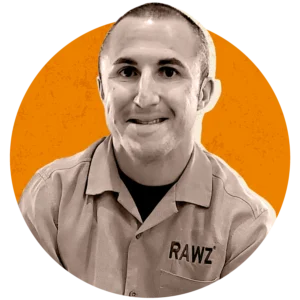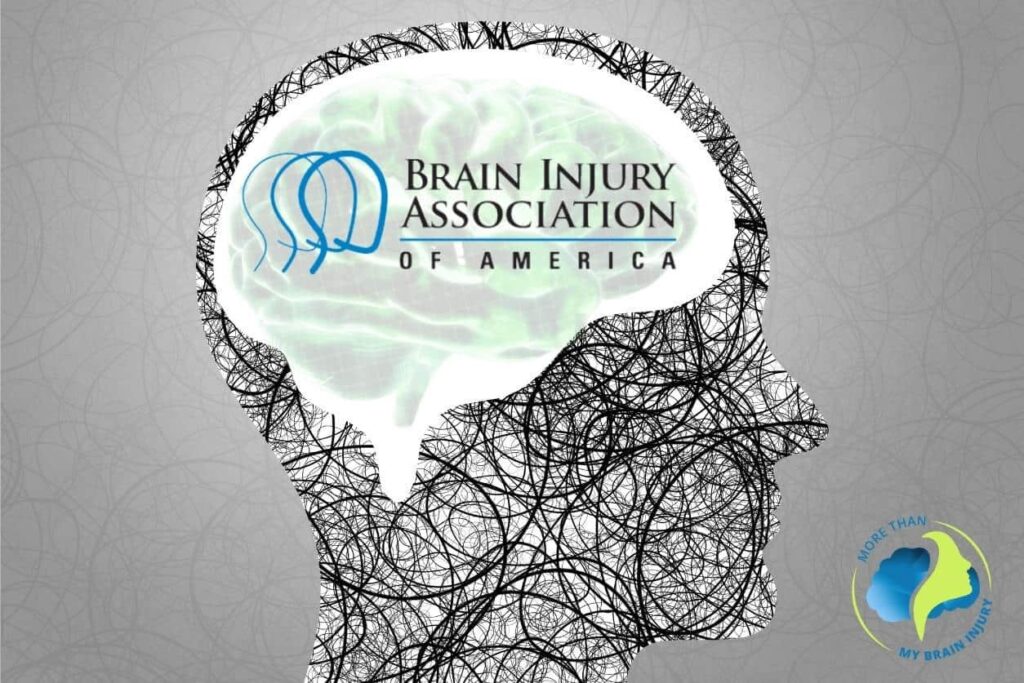One thing that all humans seem to have in common is difficulty dealing with change. Of course, change is a constant in life, and can often be desired and welcome. Who among us doesn’t like getting a promotion or raise, or enjoys gaining new skills? But even when change is positive, any transition period can bring discomfort as we become familiar with new routines, activities or social circles. Fortunately, the difficult and even painful feelings that often come with change can fade as we settle into our new circumstances.
Sustaining a brain injury is one of the ultimate life changes anyone can experience, as they affect both survivors and their loved ones. Every March — which is Brain Injury Awareness Month — I’m amazed by the statistics related to the prevalence of brain injuries. This year I read that one in every 60 people in the U.S. lives with a permanent brain injury-related disability — that really gave me pause! I was taken aback by the sheer number of brain injury survivors in our country today. But despite brain injuries being so widespread, I’d guess that most people don’t regularly think about sustaining one.
I only make this assumption based on personal experience. Myself and my family certainly fell into this category prior to my traumatic brain injury on July 4th, 2006, despite the fact that both my grandfathers had survived strokes. I’d guess most people aren’t aware that a stroke is a form of acquired brain injury, either.
I often find myself reflecting on how unbelievably fortunate I am to have a family who could offer support and advocacy throughout my recovery. They also had prior experience with caring for a loved one with a life-altering injury. Just over a year earlier, my parents had endured the shock of my brother Andy’s spinal cord injury. They were working to secure him the best rehabilitative care they could find and helping him adjust to a new normal when I sustained a TBI. The experience of Andy’s recovery process was still fresh, and the challenge of then navigating my journey was incredibly difficult for everyone.
The drastic life changes brought about by a brain injury, both for the survivor and their loved ones, are made even more difficult by the lack of available information or innate knowledge surrounding these types of neurological injuries. This was exactly the challenge one husband and wife team set out to solve several decades ago.
One evening in 1980, Dr. Martin and Marilyn Spivack held a small gathering at their home to discuss the need for an organization “to effect change for individuals with brain injury.” As a result, the National Head Injury Foundation (NHIF) was formed. The NHIF has since become the Brain Injury Association of America (BIAA) and is represented by 27 state chapters and one in the District of Columbia. The BIAA is committed to the core values of leadership, integrity, respect, diligence, strategy and growth as they carry out their mission: “To advance awareness, research, treatment, and education and to improve the quality of life for all people affected by brain injury.”
As a survivor, I am incredibly grateful for all the support I received from my own family in my recovery process. I’m also well aware how scary it can be to face life after a brain injury, for both a survivor and their loved ones. For this reason, I’m so glad that BIAA exists to support all those affected by brain injury.
To learn more about the Brain Injury Association’s work or to locate your nearest chapter, visit www.biausa.org.





